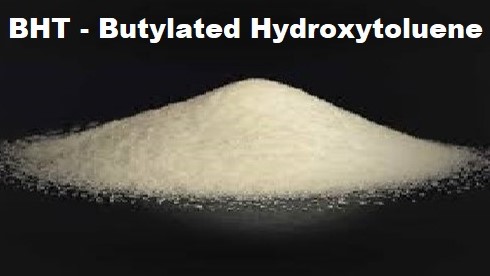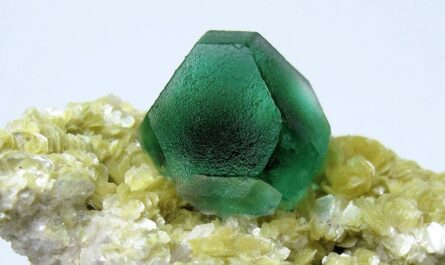Introduction
Butylated hydroxytoluene, commonly known as BHT, is a synthetic compound that is frequently used as a food additive to prevent spoilage and rancidity in food products. It works as an antioxidant by inhibiting oxidation and preventing the deterioration of foods exposed to oxygen, heat, and light. As one of the most widely used food preservatives globally, BHT has been added to many processed and packaged foods for over 50 years. However, its safety has been a topic of debate, leading scientists to investigate its effects on human health.
Production and Uses
BHT is produced commercially through the reaction of p-cresol or toluene with isobutylene in the presence of an acid catalyst. It exists as white or slightly off-white colored crystals with a faint aromatic odor. Major applications where BHT finds widespread use include margarine, shortening, and processed foods like cereal, chips, canned frosting, and meat products. As an antioxidant, it helps extend the shelf life of these foods by protecting fats and oils from becoming rancid. BHT is also commonly added to cosmetics, rubber, petroleum products, fertilizers and other industrial applications as a preservative.
Regulations and Safety Considerations
In the United States, BHT is categorized by the Food and Drug Administration as a synthetic antioxidant that is “generally recognized as safe” for use in foods at concentrations up to 0.02% of the oil or fat content. The European Food Safety Authority also considers BHT safe for consumption. However, some studies have linked high doses of BHT to health issues in experimental animals like thyroid toxicity, immune system suppression and behavioral changes. There have also been suggestions that BHT may promote tumor growth when combined with other cancer-causing substances. Due to these safety considerations, many countries and food manufacturers have restricted or banned its use in infant foods and fresh meat products.
Mechanism of Antioxidant Action
As a lipid-soluble antioxidant Butylated Hydroxytoluene can protect foods containing polyunsaturated oils and fats from rancidity. When present in fat molecules, BHT interrupts the oxidative chain reaction that causes spoilage by converting peroxy radicals produced during oxidation into more stable products. Specifically, the phenolic hydroxyl group of BHT donates a hydrogen atom to the peroxy radical, thus reacting with and deactivating this reactive oxygenated species. This reaction terminates the oxidative chain reaction and prevents the formation of additional radicals that promote food deterioration. BHT also exhibits metal chelating and radical scavenging abilities that enhance its performance as an antioxidant.
Possible Health Effects of Consumption
While BHT continues to be safely used as a food antioxidant within prescribed limits, its potential toxicity upon ingestion in high amounts or for prolonged periods is a concern. Long-term BHT consumption has been linked to thyroid issues since it can interfere with thyroid hormone activity and displace thyroid-binding proteins. Some studies also point to its potential endocrine disrupting and estrogenic effects. Additionally, experimental animal research has found evidence linking BHT to behavioral changes, hyperactivity in children, immune system suppression and tumor progression. However, human epidemiological data regarding the toxic and carcinogenic risks of BHT intake through food is still inconclusive. More research is needed to understand the exact impacts of dietary BHT exposure, especially at the consumption levels typical for most people.
Alternatives and Future Outlook
Because of the ongoing health concerns, there is a growing interest in replacing BHT in foods with safer natural antioxidants. Various plant-derived phenolic compounds such as tocopherols (vitamin E), rosemary extract, green tea polyphenols and ascorbic acid are being widely researched and used as cleaner label alternatives to BHT. Some food manufactures have also reduced or eliminated BHT usage by adopting alternative processing and packaging methods to prevent oxidation without adding chemical preservatives. With continued investigations into its potential health impacts, tighter international regulations on acceptable BHT limits may be imposed in the future. However, as an economical and effective food preservative, BHT is likely to maintain its prominent use globally, especially in developing nations, at least in the near future.
BHT has been extensively adopted as an artificial antioxidant in foods, cosmetics and industrial products for over half a century due to its affordability and ability to extend product shelf life. While it continues to be “generally recognized as safe” by regulatory bodies when consumed in low amounts from a normal diet, certain toxicity concerns have been raised based on experimental studies. More epidemiological research is still needed to gain a complete understanding of the human health risks from chronic BHT intake through the food supply. Finding safer natural alternatives and optimizing food processing techniques without the need for chemical preservatives remains an active area of research and development.
*Note:
1. Source: Coherent Market Insights, Public sources, Desk research
2. We have leveraged AI tools to mine information and compile it




